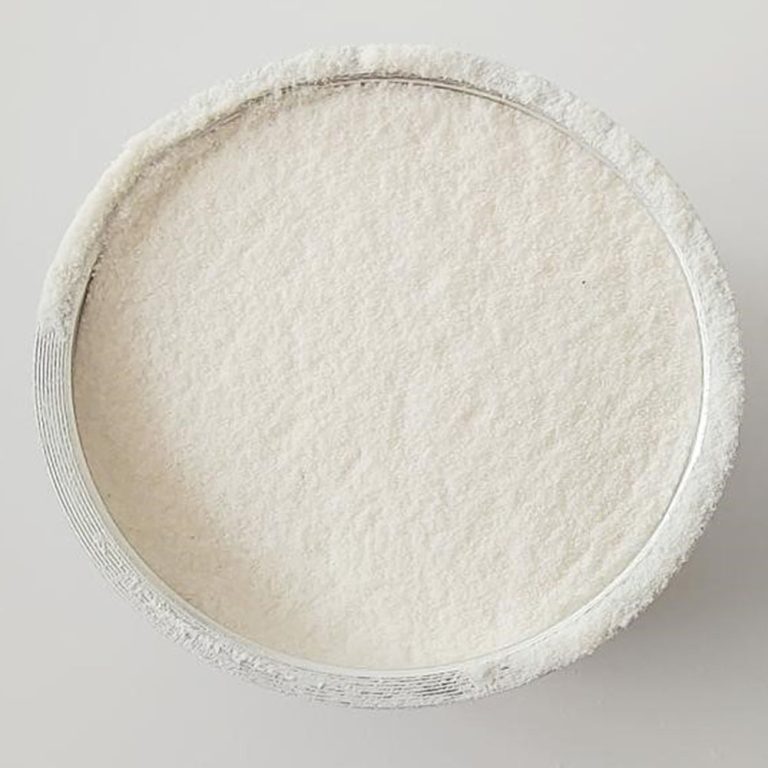Introduction
In the world of modern construction materials, Methyl Hydroxyethyl Cellulose has emerged as a crucial additive that enhances the quality, performance, and workability of building products. As the construction industry evolves, builders and contractors are seeking advanced materials that ensure durability, cost-effectiveness, and ease of application. Methyl Hydroxyethyl Cellulose, often referred to as MHEC, plays a significant role in achieving these goals. At KIMA CHEMICAL CO., LTD, we specialize in providing high-quality MHEC solutions that meet the demanding needs of builders worldwide.
What is Methyl Hydroxyethyl Cellulose?
Methyl Hydroxyethyl Cellulose is a non-ionic cellulose ether derived from natural cellulose through chemical modification. This versatile polymer is widely used in construction, coating, detergent, and other industries due to its exceptional thickening, water retention, and binding properties. For builders, Methyl Hydroxyethyl Cellulose is essential in cement-based mortars, tile adhesives, and gypsum products, where it improves performance and efficiency.
Key Properties of Methyl Hydroxyethyl Cellulose
The unique chemical structure of Methyl Hydroxyethyl Cellulose provides several benefits that make it indispensable in building applications:
- Excellent Water Retention: Helps keep moisture in the mixture, extending working time and improving curing.
- Thickening Agent: Enhances viscosity and prevents sagging or slipping in vertical applications.
- Improved Workability: Provides smooth application and better control over materials.
- Enhanced Adhesion: Strengthens the bond between construction materials and surfaces.
- Temperature Resistance: Performs well under various climatic conditions without losing effectiveness.
Applications in the Construction Industry
The versatility of Methyl Hydroxyethyl Cellulose allows it to be used in multiple construction products, each benefiting from its specialized properties:
1. Cement-Based Mortars
When added to cement mortar, Methyl Hydroxyethyl Cellulose enhances water retention, prevents cracking during curing, and improves overall strength and adhesion.
2. Tile Adhesives
In tile adhesives, Methyl Hydroxyethyl Cellulose improves bonding strength, increases open time, and enhances slip resistance, making tile installation more efficient and precise.
3. Gypsum Plasters
Methyl Hydroxyethyl Cellulose improves workability, consistency, and adhesion in gypsum-based plasters, allowing for smooth finishes and reduced surface defects.
4. Self-Leveling Compounds
The thickening and flow control properties of Methyl Hydroxyethyl Cellulose ensure uniform spreading and leveling in self-leveling flooring compounds.
5. EIFS (Exterior Insulation and Finish Systems)
In EIFS applications, Methyl Hydroxyethyl Cellulose enhances the durability and flexibility of the insulation layers while maintaining adhesion under various environmental conditions.
How Methyl Hydroxyethyl Cellulose Works
Methyl Hydroxyethyl Cellulose works by modifying the viscosity and water retention properties of construction mixtures. The polymer molecules form a network that holds water within the mixture, preventing premature evaporation. This ensures that cement and other binders have enough time to hydrate properly, leading to improved strength and durability. Additionally, the thickening effect of Methyl Hydroxyethyl Cellulose helps control the flow of materials, reducing sagging and ensuring consistent application.
Advantages for Builders Using Methyl Hydroxyethyl Cellulose
Choosing Methyl Hydroxyethyl Cellulose from KIMA CHEMICAL CO., LTD offers builders several clear advantages:
- Longer working times, reducing waste and improving efficiency.
- Better bonding strength, ensuring long-lasting installations.
- Improved resistance to cracking and shrinkage.
- Versatility across multiple construction applications.
- Consistent product quality for predictable results.
Tips for Using Methyl Hydroxyethyl Cellulose Effectively
To maximize the benefits of Methyl Hydroxyethyl Cellulose in your construction projects, follow these best practices:
- Measure Accurately: Use the recommended dosage for each specific application.
- Mix Thoroughly: Ensure even distribution in the mixture for consistent performance.
- Adjust for Climate: Slightly increase or decrease the dosage depending on temperature and humidity conditions.
- Store Properly: Keep Methyl Hydroxyethyl Cellulose in a cool, dry place to maintain its quality.
- Work with a Reliable Supplier: Source from trusted manufacturers like KIMA CHEMICAL CO., LTD for consistent results.
Why Choose KIMA CHEMICAL CO., LTD for Methyl Hydroxyethyl Cellulose?
At KIMA CHEMICAL CO., LTD, we understand the critical role that Methyl Hydroxyethyl Cellulose plays in modern construction. Our products are manufactured to meet international quality standards, ensuring superior performance in every application. With advanced production facilities and a commitment to innovation, we provide builders with the most reliable MHEC solutions on the market.
Conclusion
Methyl Hydroxyethyl Cellulose is more than just an additive—it is a game-changer in the construction industry. Its ability to improve workability, water retention, adhesion, and durability makes it an essential component for builders aiming for quality and efficiency. From cement mortars to tile adhesives and gypsum plasters, the benefits of Methyl Hydroxyethyl Cellulose are evident in every stage of construction. At KIMA CHEMICAL CO., LTD, we are dedicated to supplying the highest quality Methyl Hydroxyethyl Cellulose to help builders achieve outstanding results in their projects.
